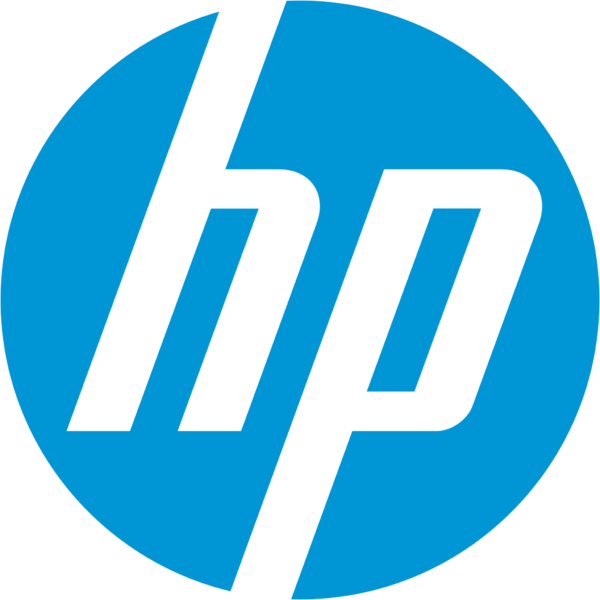HP Inc. announced new solutions that automate device management tasks.
“The future of work is now. IT teams are the heroes of today’s new working environment empowering employees to work from anywhere,” said Sumeer Chandra, global head and general manager, Personal Systems Services, HP Inc. “HP’s new management solutions are automated and scalable for the evolving ways people work. HP Adaptive Endpoint Management is the gold standard for managing PCs in hybrid working environments, to help ensure devices are secure, up-to-date, and fully supported.”
HP Adaptive Endpoint Management is a fully managed service that helps IT managers send PCs directly to employees with zero-touch deployment. In less than an hour, employees can get to work by unboxing their Windows PC and signing on with one-click, where their suite of applications automatically installs. HP Adaptive Endpoint Management also frees IT from day-to-day PC management. With the help of HP service experts, the service automatically provisions PCs with Microsoft Autopilot and enforces security policies from the cloud. HP service experts can also support traditionally challenging legacy applications via the cloud.
For IT who want to manage the BIOS using the cloud, HP Connect for Microsoft Endpoint Manager frees up IT resources to remotely configure, secure, and update the BIOS of HP commercial PCs. IT can now create policies for groups of devices customizing over 100 different HP BIOS settings. They can systematically push the desired settings to the correct devices during their initial setup, and change settings remotely as needed – all through the cloud. HP Connect for Microsoft Endpoint Manager also allows IT to protect PC BIOS from unauthorized changes.
“HP is helping customers take advantage of true enterprise mobility by removing barriers to cloud management adoption,” said Nicole Dezen, CVP, Device Partner Sales Microsoft. “HP Connect for Microsoft Endpoint Manager gives the modern device administrator more control over HP specific device features by leveraging Microsoft Graph API for Intune. This demonstrates how new services and applications can be made possible through Microsoft Intune platform extensibility.”
Access Related Content





